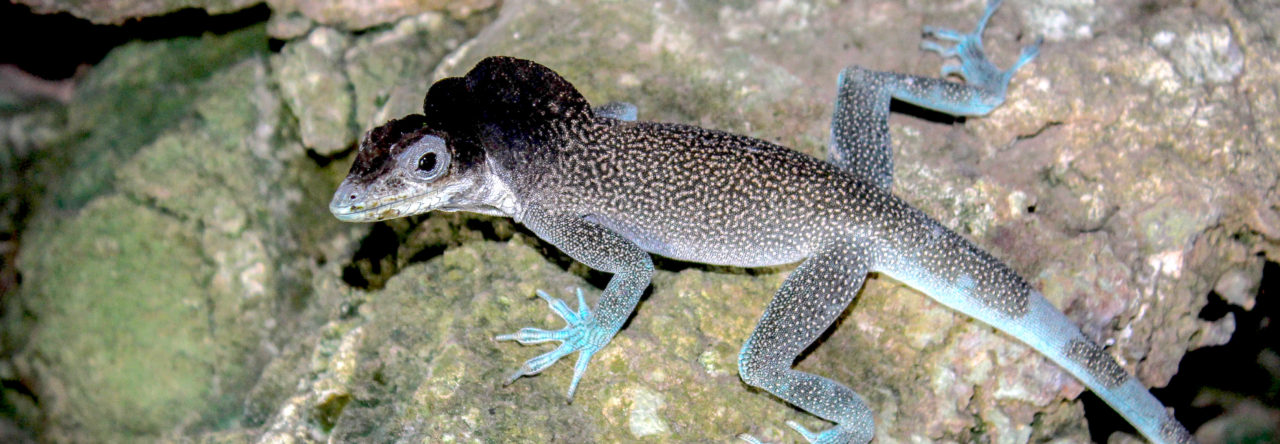 “How do ectotherms evolve in response to changes in their thermal environment?” asked Mike Logan of Dartmouth University. Logan and colleagues studied adaptive evolution in the thermal performance curve—what is the optimal temperature for performance? How does selection work on components of the curve—i.e., optimal temperature, performance breadth (range at which organism can perform at 80% of maximum) and maximal performance capability.
“How do ectotherms evolve in response to changes in their thermal environment?” asked Mike Logan of Dartmouth University. Logan and colleagues studied adaptive evolution in the thermal performance curve—what is the optimal temperature for performance? How does selection work on components of the curve—i.e., optimal temperature, performance breadth (range at which organism can perform at 80% of maximum) and maximal performance capability.
Logan made four predictions:
1. Optimal temperature should be coadapted with mean body temperature, which may be related to mean environmental temperature;
2. Performance breadth should be coadapted with variance in body temperature;
3. Specialist-generalist temperature. Individuals faced with broad range of temperatures can’t specialize as well to particular temperatures;
4. thermodynamic effect—the “hotter is better” hypothesis, i.e., that a positive correlation will exist between maximum performance and optimal performance temperature
 The study focused on two populations of A. sagrei, a natural population on the island of Great Exuma and an experimental transplanted population on Eleuthera. The transplant involved moving lizards from a shady site similar to the natural one to a more exposed, warmer site. The researchers measured running speed at five temperatures and calculated a performance curve for each individual, then marked animals and let them go, recapturing them at end of season to quantify selection on performance curve characteristics. They also measured operative temperature at the sites. Natural population and the source location for the transplant were similar and cool, with a mean environmental temperature of about 29. The warm transplant site was about 2-3 degrees higher, also with higher variance.
The study focused on two populations of A. sagrei, a natural population on the island of Great Exuma and an experimental transplanted population on Eleuthera. The transplant involved moving lizards from a shady site similar to the natural one to a more exposed, warmer site. The researchers measured running speed at five temperatures and calculated a performance curve for each individual, then marked animals and let them go, recapturing them at end of season to quantify selection on performance curve characteristics. They also measured operative temperature at the sites. Natural population and the source location for the transplant were similar and cool, with a mean environmental temperature of about 29. The warm transplant site was about 2-3 degrees higher, also with higher variance.
Positive directional selection for optimal performance temperature was detected in the transplanted population—lizards with higher optimal temperature survived better. No such selection occurred in baseline population. Moreover, selection on performance breadth was stabilizing in the natural population and directional in transplanted population.
This fabulous study has important implications, as Logan noted. Anolis sagrei is known to thermoregulate strongly, but these data suggest that behavior won’t inure individuals from strong selection in a novel, warmer habitat. Moreover, the study has important implications for the ability of populations to adapt to changing climates.


Leave a Reply